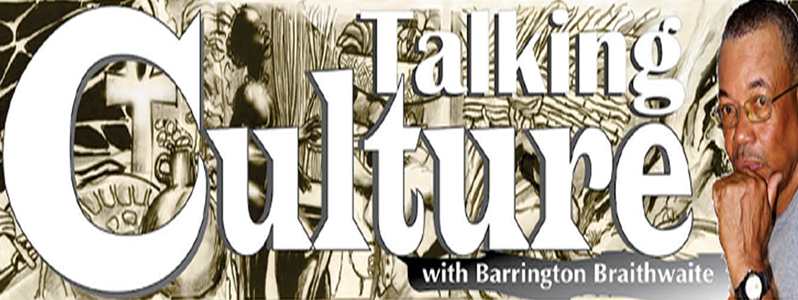IN concluding this discussion, which is intended to raise questions within the reader and inspire responsible actions among those that acquire decision making positions or are already there, we cannot arrive at a sensible without considerations in retrospect. So in a brief flashback, we must recognise, what we have lost to our physical memory reference archive, and use this as inspiration, to be able to raise a natural alarm, a connection to the aesthetic sensitivity alerting us to the fact that we need to have a historical memory in respect to our surroundings, as buildings, landscapes and architecture are inherent of memories in both the conscious and subconscious awareness.
We have to become other than people who occupy a geographic space on this planet, and relate to what is the necessary thinking that will enable us to address from the now onward what is significant to telling our stories, especially stories important to our timelines. When we became independent, the euphoria of self-governed nationhood intoxicated us, it had its grounds for intoxication alongside sober examination. We did not make the observation that all around us within the borders of countries we still held controlled admiration for, had retained the edifices of past times. Our own coloniser England never dismantled Hadrian’s Wall.
In more ways than one, from previous colonisers and also from despised local leaders, they kept the memory for reflection, in our Caribbean, Christophe’s spectacular fortress of defence in Haiti will remain, regardless of his history. Europe with the obvious white supremacy that emerged with colonisation did not destroy the sculptures of Afro-European Knights, artworks and literature that spoke of, or alluded to the African presence in a much older Europe, of course, they didn’t in-depth celebrate them either, and also hid their identities with new portraits and in movies.

Where we erred in Guyana was not to use the structures that became available with the decline of trademark services like the Trains, to build museums dedicated to that part of our historical memory. Why preserve the physical imagery of the past? Simple, our ancestors lived it, for the historian, the creative mind, the investigative journalist, the physical location is important. The development of museums was a continuous peeve of the late Dr. Dennis Williams, who had identified Five Museums to be built, he insisted that a marine museum would have been a must.
I can now imagine a display of the ship’s kitchen on Lady Northcourt with its cook, the portrait of indifference ‘John’, ‘keep away from John’s kitchen, and why?’ A caption should read before this rude faced ship’s cook made of papier máché –“whose kitchen lay beneath a toilet, from which water dripped continuously, or so we were made to believe”. The array of boats, ships, canoes, barges of all types over three hundred years would have made an exciting museum.
The same for our aircraft service, which was more resent that the former two mentioned. But to the present, there’s a reprehensible practice of businessmen acquiring real estate on the pretext of prescriptive rights though they have never lived on these premises, I understand it has been checked. I do hope that is true, ours is a nation built on bigotry for economic gain and it has not stopped. The problem is that laws are not developed to facilitate even the most obvious beneficial process; underprivileged groups that occupy real estate should be guided towards prescriptive rights. It would be more responsible for a state agency to occupy defective real estate which they can repair and encourage collective purchases off.
There are familiar old-school architecture to which some populations are accustomed to, that can facilitate group purchases if constructed in like fashion, to which a resale price can be affixed. Relocation can strain economics in some cases; there are Georgetown populations that have never lived anywhere else and will find it difficult to earn in a rural environment, even with ‘Town Culture’ spreading to once rural settings. Currently, some groups of deported citizens of this soil have now made the seawalls their home. Managed prescriptive rights, rather than allowing greed to dispossess is the most practical and functional social engineering process to apply.
To return to the main subject; we have lost significant historical material due to squatting across the country because of the absence of any awareness and protocols concerning National Trust sensitivity with our rural provincial administrations. In Georgetown we lost the last original Dutch 18th /19th century house that rested on the western side of the Brickdam Police Station, to which some of the internal brickwork that I photographed is imposed on the past building in the graphic that will accompany this article, we have to “wakeup sometime” now is a good time.




.png)









